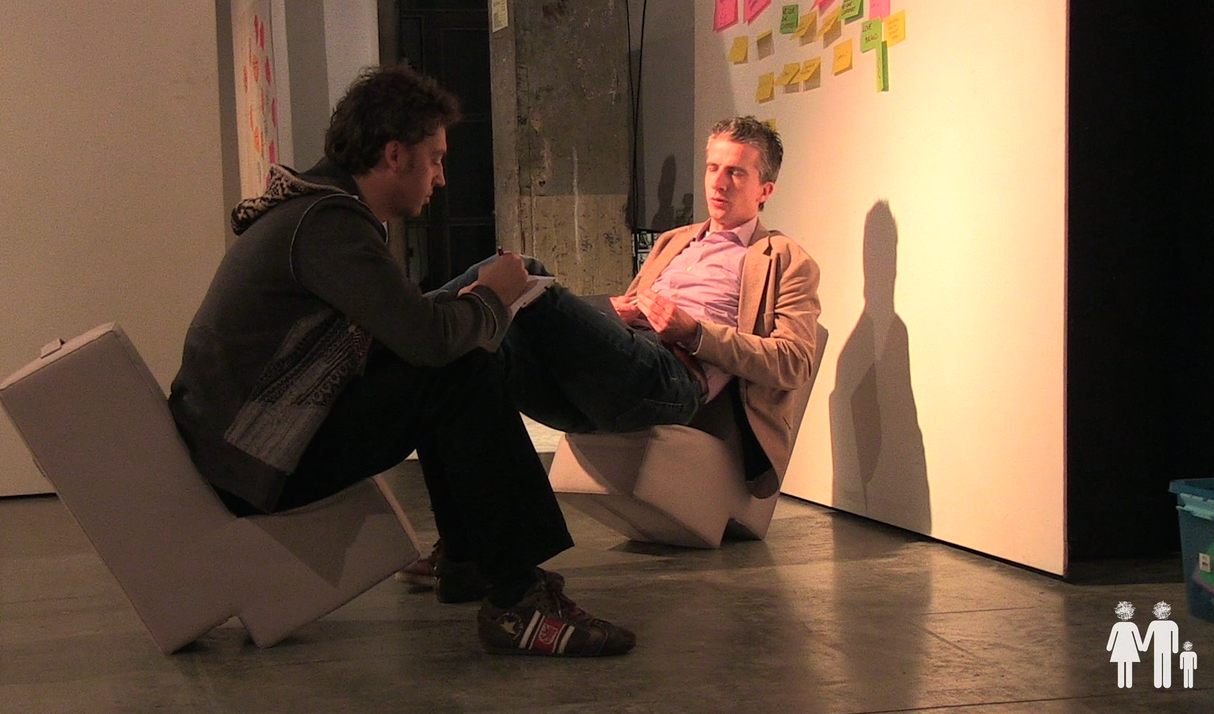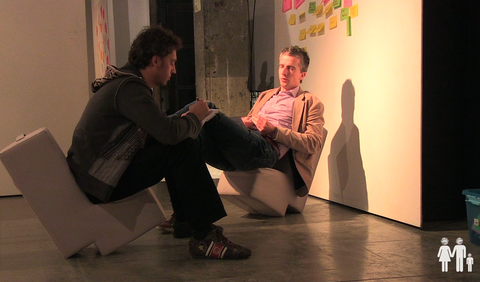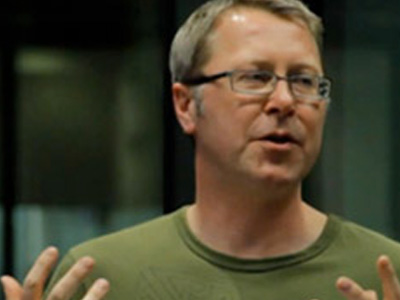They say the real voyage of discovery is not to seek new landscapes, but to look upon the world with fresh eyes. During the research and writing of No Straight Lines, I, too, have been on a voyage of discovery. In brief, the project looks at organizations that have created transformational change, or transformational businesses that also serve the collective good and have been designed around the needs of humanity. Therefore, sustainable business is a key consideration, as are resilient communities. It is about upgrading our world to a human-centric OS (operating system) which points toward what a more participatory, cooperative, and reciprocal model of our society might look like.
That journey has transformed me as well as my perspectives and values; it has shaped a vision that says “Yes, we are in a difficult and challenging time and place as we transition from the old industrial order to a post industrial future, but now we now have the possibility to truly transform our world, to be more resilient and more relevant to us both personally and collectively, socially cohesive, sustainable, economically vibrant, and humane through the tools, capabilities, language, and processes at our fingertips.”
We all know individuals, organisations, institutions, and governments face a unique design challenge and that is why we have created the Transformation LABS — a unique process that has been designed as a means whereby we enable people to come together with a common cause, or an organisation with a‘we cant sleep at night’ problem to find a transformational but realistic outcome.

The Birth of the Transformation LABS
Earlier this year, SMLXL was approached by a company that was facing significant commercial challenges, significant organisational challenges, that was being disrupted and was struggling to deal with an innovative response to a complex non-linear world. Would SMLXL design and create a learning innovation programme to help them address these challenges based on the No Straight Lines book and its six principles? We said yes.
An Innovative Approach to Leadership and Innovation
It has become clear to me that, unless people see and are able to describe a different type of future for their organisation as realistic, it will never become a reality. Because of that, the journey we need people to go on is as much transformational for them individually as it is for them organisationally. If that sounds a bit new age-ish, the reality is, if there is not a culture shift within each individual, there is no transformation in the real world. If there is no new knowledge, then what we see is shaped by what we know; and if we don't have a new language, then we describe the same problems with the same language and end up with the same old-same old solutions.
Hand, Heart, and Mind
Therefore, their journey must be of the hand, the heart, and the mind, and we do this by framing the journey via the six principles of No Straight Lines. These are:
- Ambiguity
- Adaptiveness
- Openness
- Participatory Cultures and Tools
- Craftsmanship
- Epic: Designing for Transformation
We will explain their importance, and use real stories of how other organisations have been able to use these principles to face difficult/challenging situations and use them to design for transformation. Each principle has a navigational tool and our participants roll up their sleeves, get hands on, and practice — you never change anything if it stays as an intellectual exercise.
It may not be obvious, but there are a number of things happening at the same time — we are enabling our participants to connect with their individual and collective humanity, with their heart and spirit; we are bringing new knowledge and ways of looking at the world; and we offer a new language that allows the group to begin to discuss new destinations.
Why the Idea of Craftsmanship Is Important
There is a clear distinction between managing and doing. For me, the craftsman embodies the notion of innate creativity bringing expression and technique together. In a process of constant play — and I use that world mindfully — the craftsman is comfortable in bringing new ideas, techniques, and processes together to explore new realities and possibilities, to share those with others and be able explain their importance and relevance. It is because of this that we place the emphasis and responsibility on the participants, that they must be the ones to look for transformational answers. They are (en)couraged and enabled to aspire to seeing, connecting, and designing for their best possible future — to take it into their hands, into their ownership.
A Beautiful Insightful Experience
There is no doubt that this is a voyage of discovery for people. It touches their heart and their personal perceptions of the world; it contextualizes and brings into being new ways of seeing the world and how their organization acts in it, whilst at the same time helping them look for transformational outcomes that deliver better economic viability — better for society and better organizationally.
Is It Hard? — Yes. Is It Inspirational? — Yes. Is It Enabling? — Yes.
As one participant wrote, “I started this message with, 'So, what can I say? A beautiful, insightful, memorable experience together, and that means all of us present created our own experience that embodied all of the six principles.' So a huge thank you for undertaking the journey with us. We all learnt profoundly.”

The No Straight Lines Challenge
I undertook this project as I saw a world around me failing and I asked myself … What can I do about it, and what can I give back? How can I help others illuminate and create a better future? That is my passion. It's why I get up on a Monday morning.
We are not looking for those who want to play at the innovation game, tick the box, and get back to business as usual. We want truly committed participants that want to work out 'how we can' rather than talking about 'why we can't.' So, if you want, desire, and demand a better way of working, organising, and living, then we would love to hear from you.









